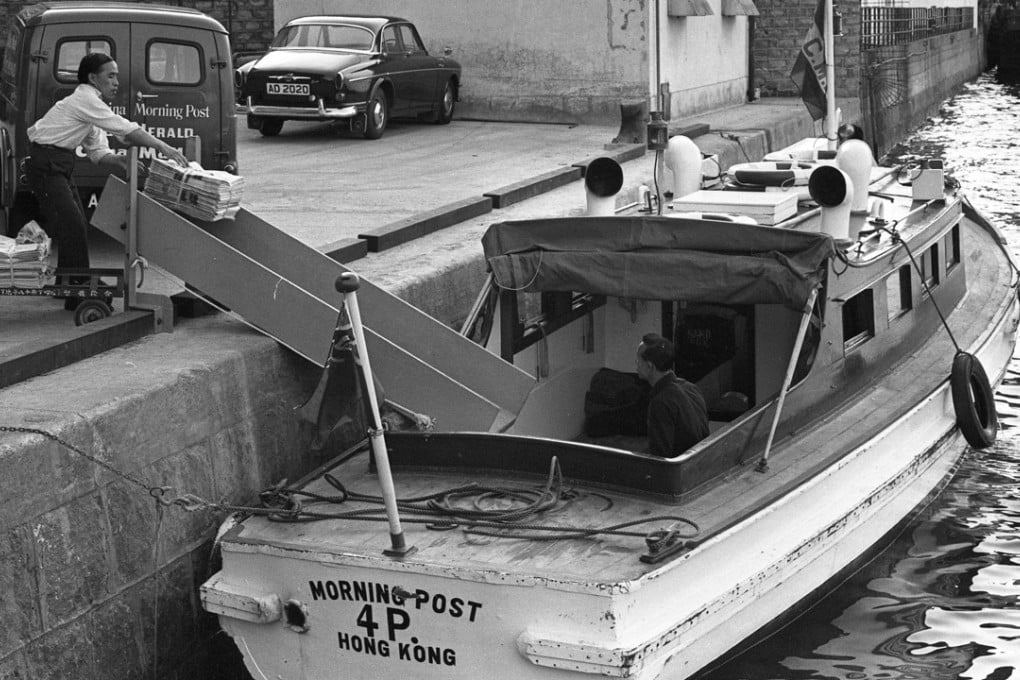Where and why the Post moved offices over 115 years of changing media times
- From Central to Quarry Bay to Causeway Bay via Tai Po, the Post’s various office moves often broke new ground in Hong Kong’s media landscape
- How much further the company will evolve at its new Times Square base will continue to be driven by the latest technologies

The South China Morning Post’s move to grade A offices in Times Square this February, in Hong Kong’s buzzing Causeway Bay neighbourhood, was rich in significance.
The move may have raised eyebrows at a time when print publications are struggling to survive. But that is exactly the reaction Alfred Cunningham and Tse Tsan-tai got when they launched the newspaper.
The Times Square move was another milestone for the 115-year-old Post, which continues to be a pioneer in the media industry, as is reflected in other historic moves the company has made over the years.
Back in 1903, when the population of Hong Kong was reported as a questionably specific 325,631, of whom 307,050 were Chinese, the British colony was already served by three established English newspapers.
The first issue of the South China Morning Post was published on November 6, 1903 in a harbourfront building on Connaught Road, roughly where World-Wide House stands today. Staff arriving at the office would have seen workers laying the first tram tracks – which would run between Kennedy Town and Causeway Bay – on neighbouring Des Voeux Road.

By 1904 the Post was already laying claim to the largest circulation among the colony’s English papers. It was the first to go on sale at street kiosks, and the company even invested in a steam launch to ferry newspapers around the harbour for sale.
